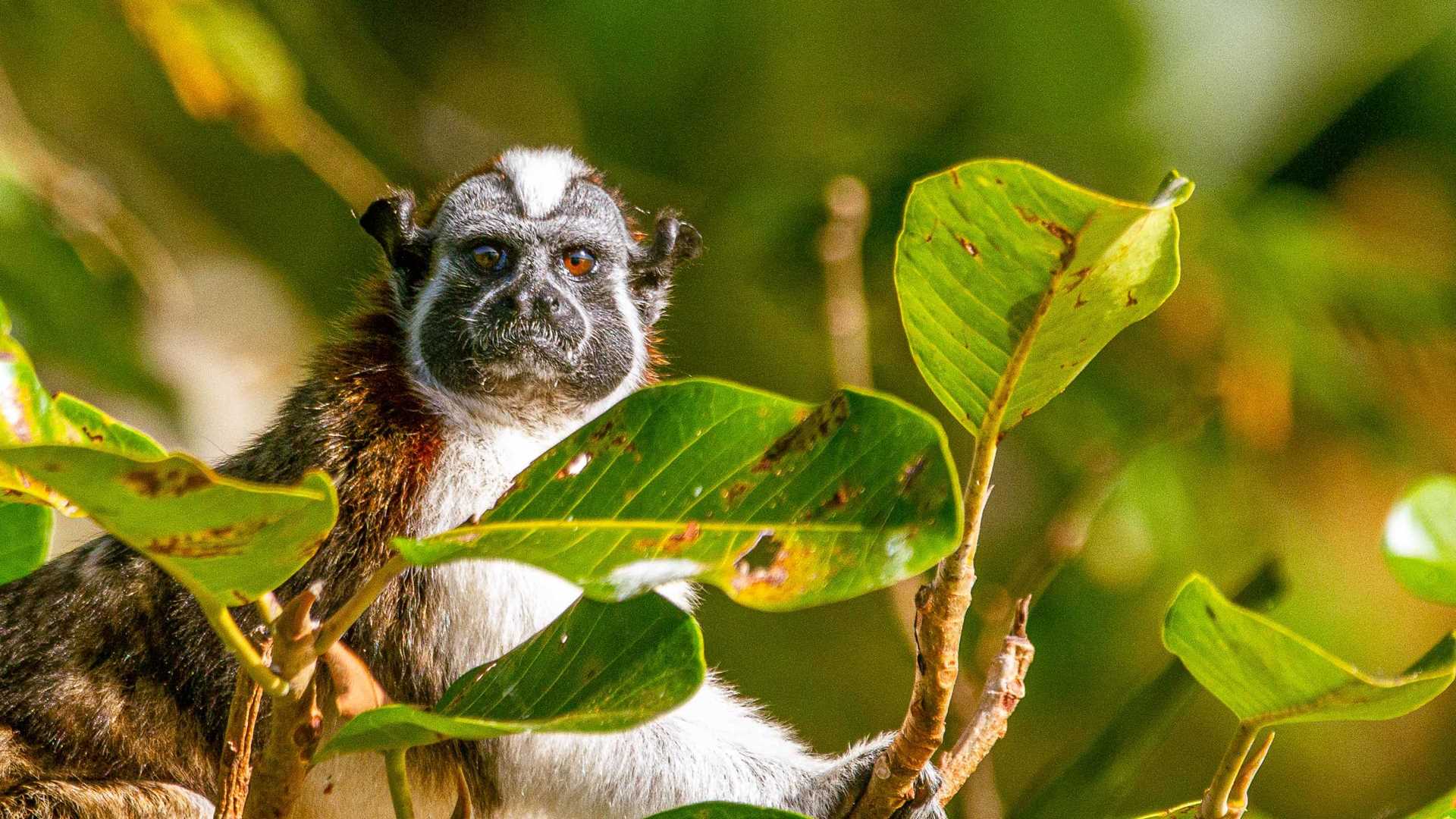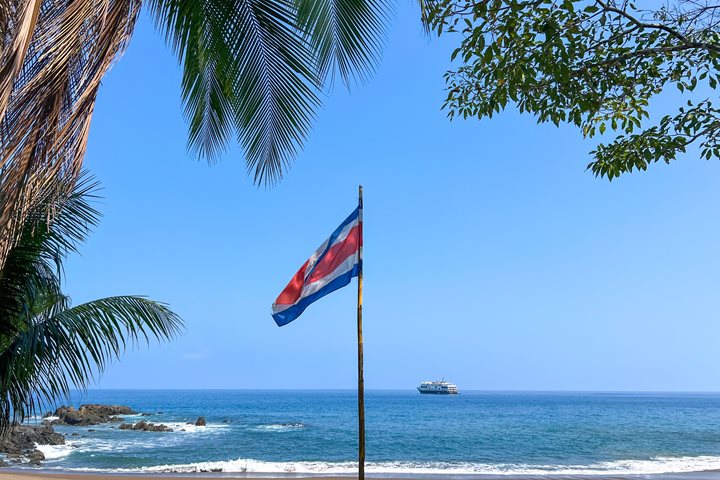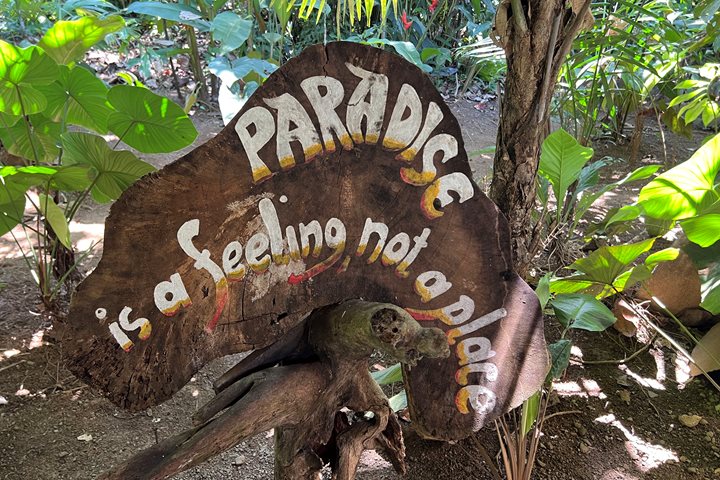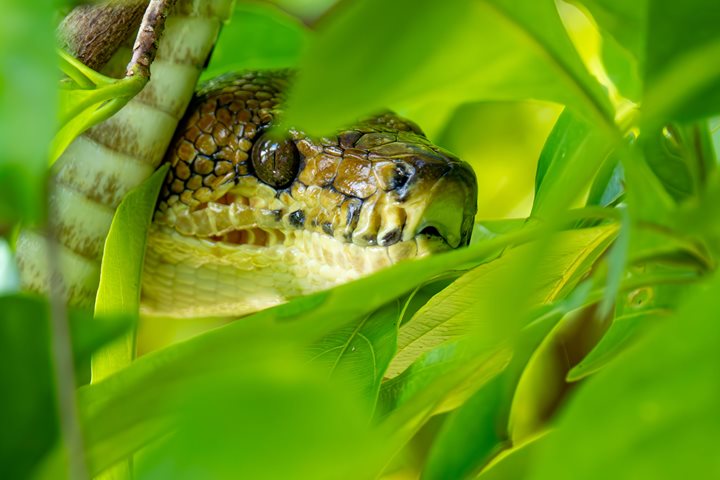Today we awoke in the Gatun Lake, the center of the Panama Canal. It is a large and artificial freshwater lake to the south of Colon, our port of embarkation yesterday. The lake forms the heart of the Panama Canal, carrying ships for their 33 km (21 mi) transit across the Isthmus of Panama.
The lake was created between 1907 and 1913 by building the Gatun Dam across the Chagres River. With an area of 425 km2 (164 sq mi) and 26 m (85 ft) above sea level, Gatun Lake was the largest human-made lake in the world when it was created. Gatun Dam was also the largest of its kind.
Last night, we were raised those 85 feet from sea level on the Caribbean side of Panama. After crossing the three steps up, our pilot left us anchored just outside the locks. This morning, another pilot took us to the front of the most important research station in the tropical scientific world, BCI, administered by the Smithsonian Institute. From there, we began a great multistep transportation trip. First, we rode on pangas (small fiberglass boats) for 30 minutes to arrive in a small town known as Gamboa, the dredging division of the canal. Then we boarded motor coaches and reached our final destination in about 20 minutes: a pristine tropical rainforest located in one of the largest national parks in Panama, Soberania National Park.
The name of this place is the Rainforest Discovery Center. The center offers well-manicured trails, a balcony with hummingbird feeders and a 100-foot metal tower that allowed us to see the canopy of the rainforest. Luckily, we spotted a variety of animals, including monkeys, sloths and many tropical birds.
After all guests were back onboard, we calmly waited for our third pilot to take us through the rest of the amazing engineering marvel of the Panama Canal. The rescue of a sloth by naturalist Maguil was the cherry on the cake. Maybe the sloth fell down from a tree, and strong winds took the poor animal away from shore. Sloths can swim better than walking on land, but it was too far from shore in this case. The wind was taking the sloth farther into the canal’s waterway where large container ships pass, so it was lucky that we spotted it.







